Mid-Autumn Festival is widely known as the mooncake season and a reason for family gatherings. Yet, this practice is not limited to Hong Kong and China. As this festive season approaches, we highlight its meaning and custom in six countries throughout East Asia
South Korea
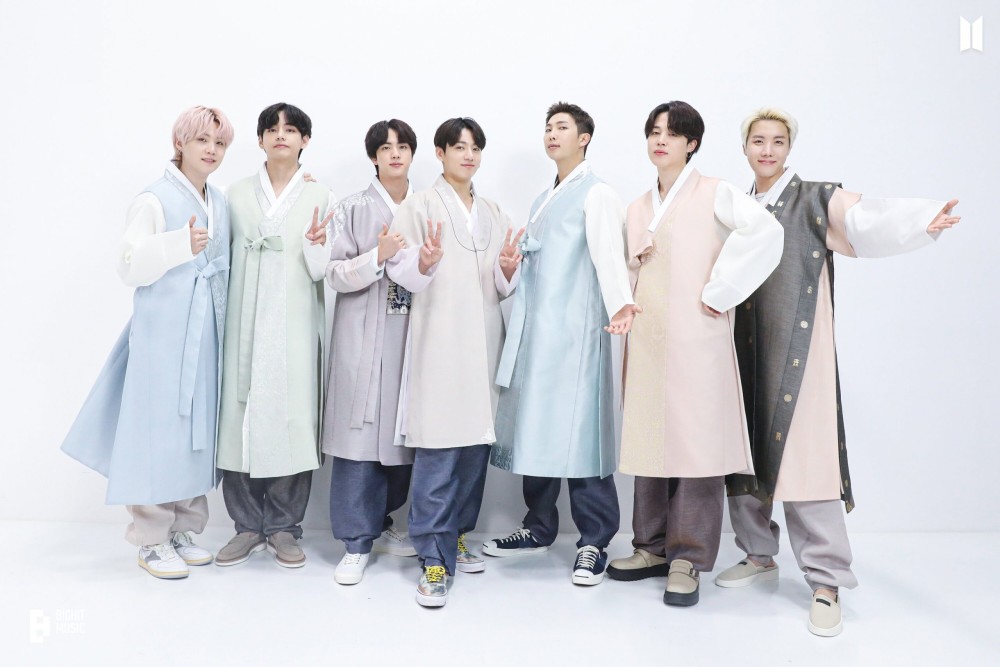
South Korea’s Mid-Autumn Festival, called Chuseok or Hangawi, has a similar meaning to Thanksgiving. This three-day holiday is an opportunity to thank the heavens for the year’s successful harvest and ask for more to come. During the reign of the Silla Kingdom’s third king, a month-long weaving contest called gabae took place. The team that wove the most cloth won and was treated to a feast by the losing team. As such, it symbolises the abundance of the harvest season and honouring ancestors and past generations.
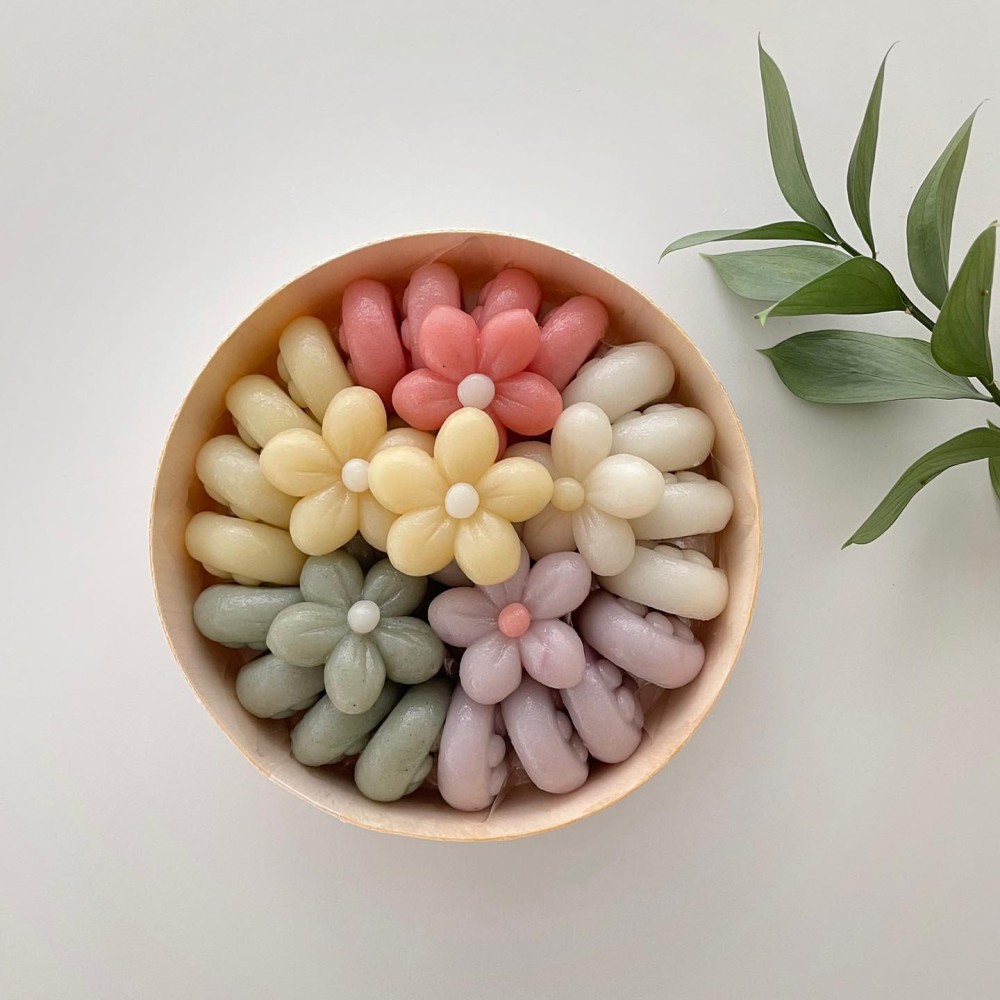
South Koreans wear hanbok – the traditional dress – to join the family and host Charye, a tea ritual to pay tribute to their ancestors. The rite involves families gathering to hold a memorial service for their ancestors through harvesting, preparing and presenting seasonal foods as offerings. They also enjoy songpyeon, a traditional Korean rice cake with sweetened sesame seeds, black beans, and pine nuts.
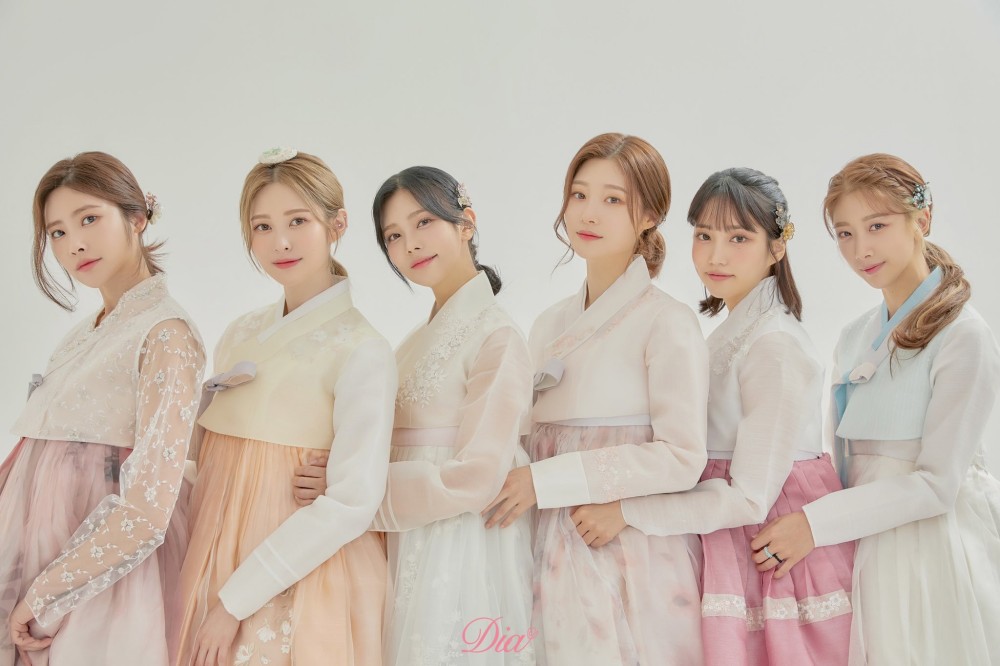
As chuseok approaches, many Korean celebrities share greetings with their fans and spend time with their fellow members and families. On September 5, K-pop girl band Brave Girls held V-live, a South Korean live video streaming service, for making songpyeons live.
Japan
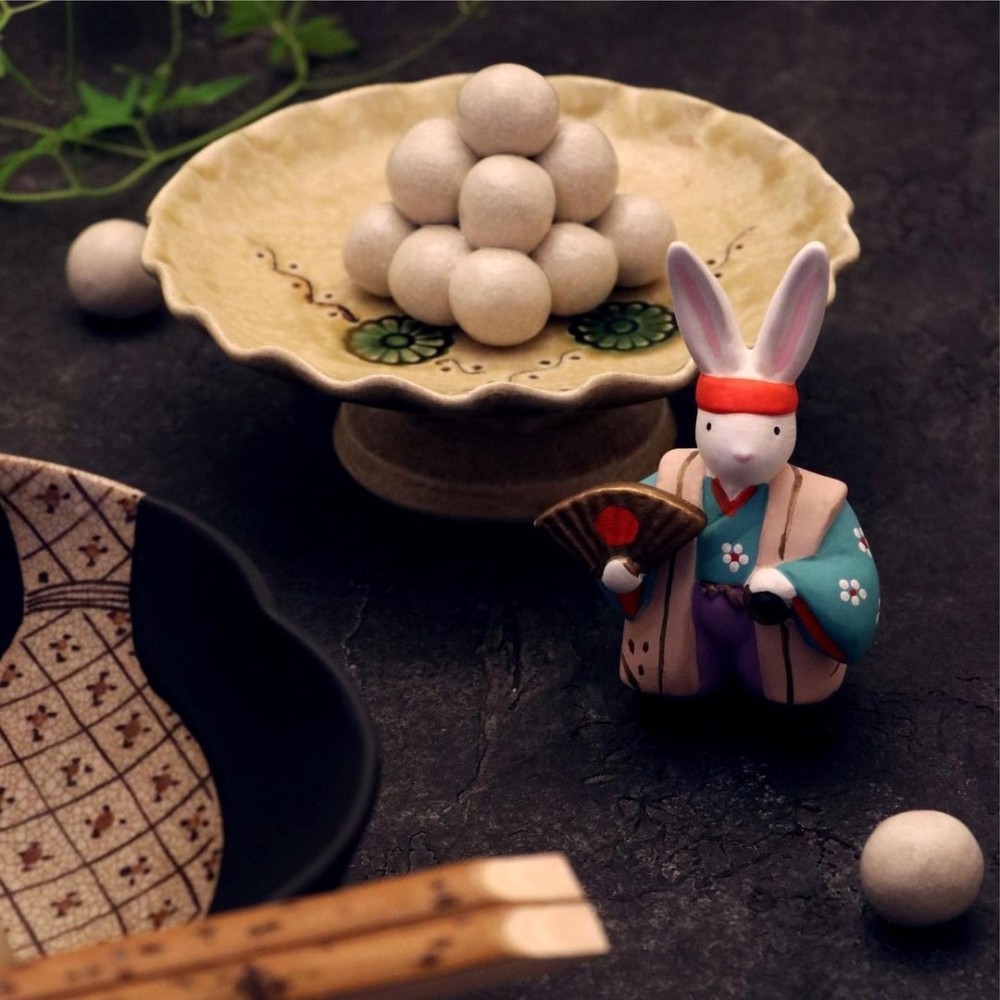
Meaning “moon-viewing”, Japan’s Mid-Autumn Festival is known as Ttsukimi or Otsukimi. Like in South Korea, Japan’s Moon Festival is a celebration of the year’s harvest. This tradition originates from the legend of a rabbit that lives on the moon and pounds mochi rice cakes with a mallet and mortar. Legend has it that moon viewing in Japan began during the Tang Dynasty. It was a tradition taken up by Japan’s aristocrats who would play music and compose poetry at parties under the moonlight.

As the holiday is about the moon, the Japanese worship this celestial body to express gratitude, which is more prevalent in urban areas than in rural areas. They decorate their homes with Japanese pampas grass to mark the arrival of autumn. The grass is also said to ward off evil spirits and is usually put in a vase or positioned by farmers near their front doors. The Japanese also eat tsukimi dango – a rice dumpling with chestnuts, taro, and other fillings wrapped inside the glutinous rice.
Also see: Unique mooncakes to make Mid-Autumn 2022 unforgettable
Vietnam

Tet Trung Thu, Vietnam’s Mid-Autumn Festival, combines Halloween and Thanksgiving. With a similar mood to Children’s day, parents make up for lost time with their children after a harvest season. Children parade on the streets to celebrate this with songs and colourful lanterns in the shape of fishes and stars of different sizes.
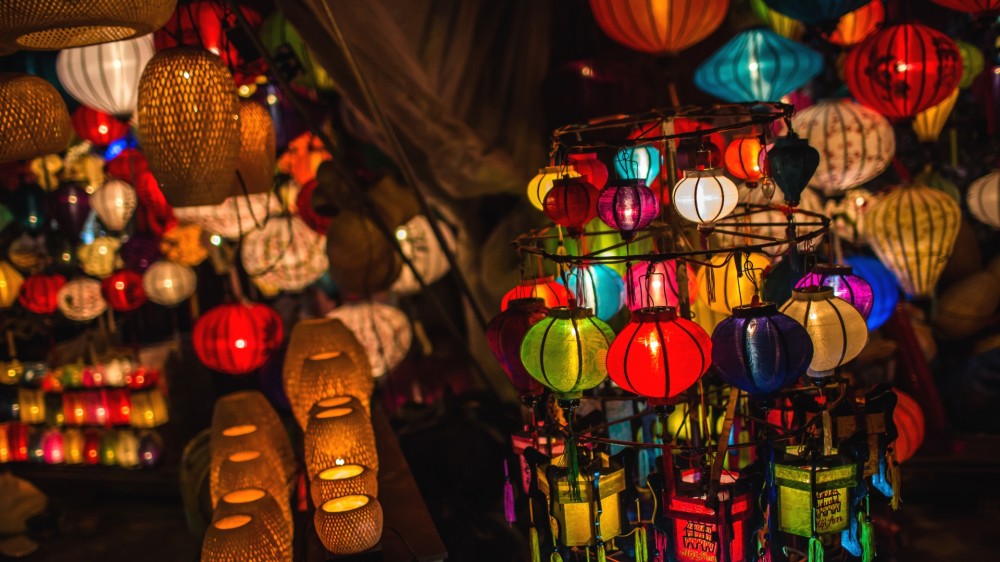
There’s an interesting legend with ties to a man named Cuoi. He had a magical life-giving banyan tree that thrived on clean water. One day his wife urinated on it, and it began to grow and grow. Cuoi tried to chop it down but got stuck on the tree and floated up into the sky, eventually landing on the moon.
Mooncakes are a big part of this Vietnamese festival; the most common mooncakes are soft, sticky, mochi-like banh deos and baked banh nuong cakes.
Thailand
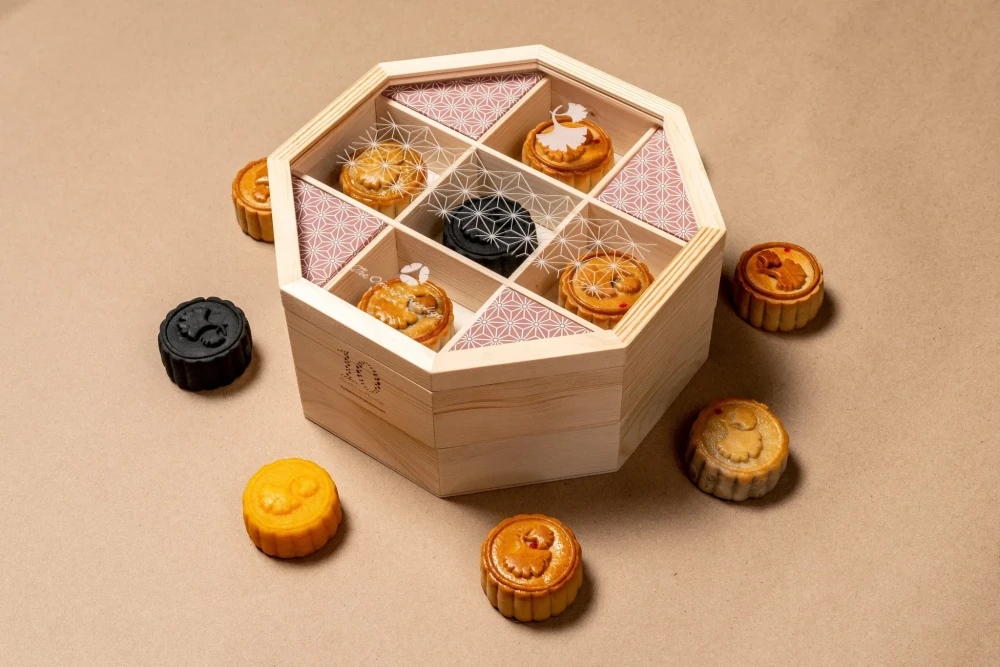
Thailand’s Mid-Autumn Festival is better known as Moon Praying Festival or Moon Cake Festival. Like Hong Kong, a key part of the celebration surrounds mooncakes, with a special love for durian-flavoured ones. Another easily seen food is the pomelo, whose large round shape symbolises reunion and family gathering.
According to legend, the eight immortals go to the Palace of the Moon on this day to offer the Goddess of Mercy peaches in celebration of her birthday. At the same time, they bring good fortune to people on Earth on their way to the palace. It’s tradition to pray to the moon on that day and offer each other peach-shaped cakes.
Also see: Your ultimate mooncake guide for Mid-Autumn Festival 2022
Cambodia

In Cambodia, the Moon Festival is called The Water and Moon Festival, or Bon Om Touk. Unlike other countries celebrating the moon festival in September, Bon Om Touk is in November. This three-day celebration starts with a boat race that spans the festival’s first two days.
Cambodians believe in the legend of Cheadok, where a rabbit lives on the moon and watches over them. At midnight, everyone goes to the temple to pray and make wishes. As part of the tradition, Cambodians leave offerings, including fruits and a traditional dish called ak ambok, a combination of ground rice, banana, and coconut, at their doorsteps for the mythical rabbit and wishes upon the moon.
China
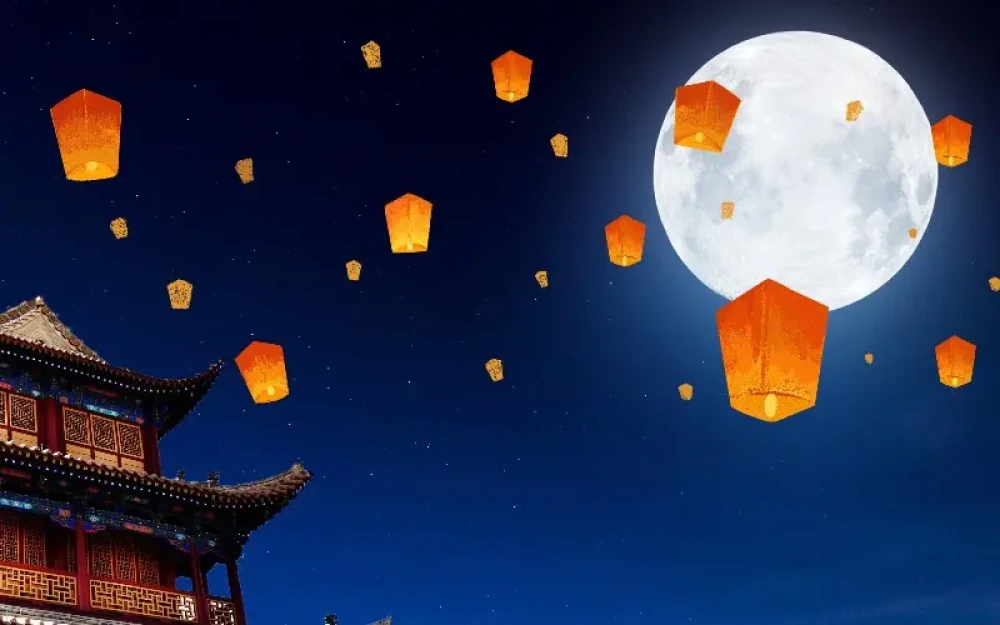
Mid-Autumn Festival, Zhongqiu Jie in Chinese, is the second most important festival in China after Chinese New Year.
This festival has a history of over 3,000 years. It comes from the custom of worshipping the moon in autumn as thanks for a good year of harvest dating back to the Zhou Dynasty. Ancient Chinese emperors offered sacrifices to the moon during this time to pray for another good harvest in the coming year. Activities surrounding the festival include moon gazing, eating mooncakes, family meals, and making lanterns.
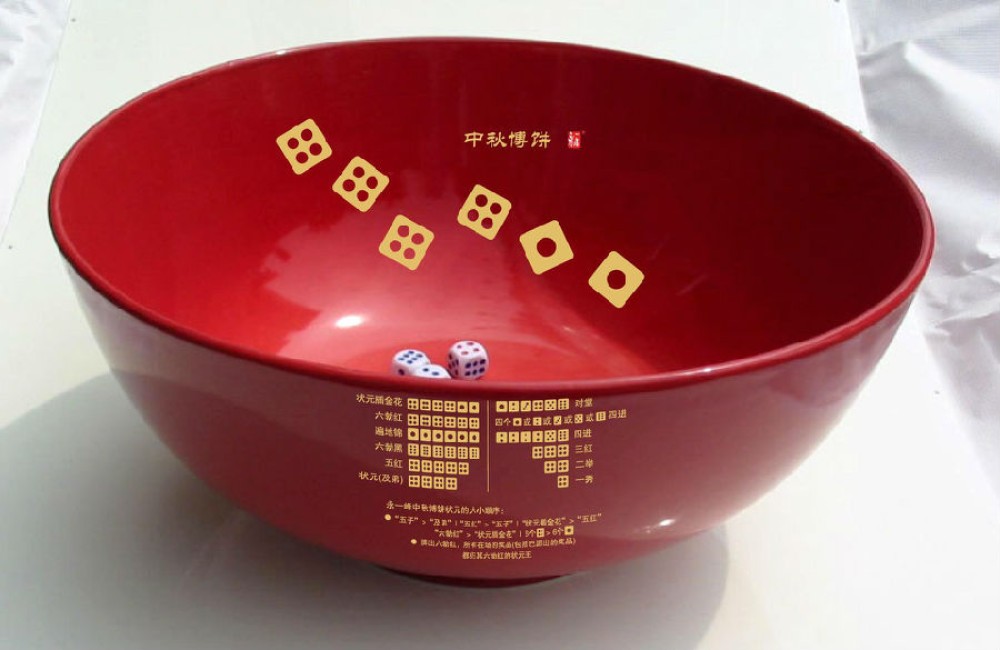
Various localised traditions are observed in the different parts of China. In the city of Xiamen, families and friends gather to play a dice game called bo bing. Players take turns rolling six dice– the more fours your get, the bigger the prize.





